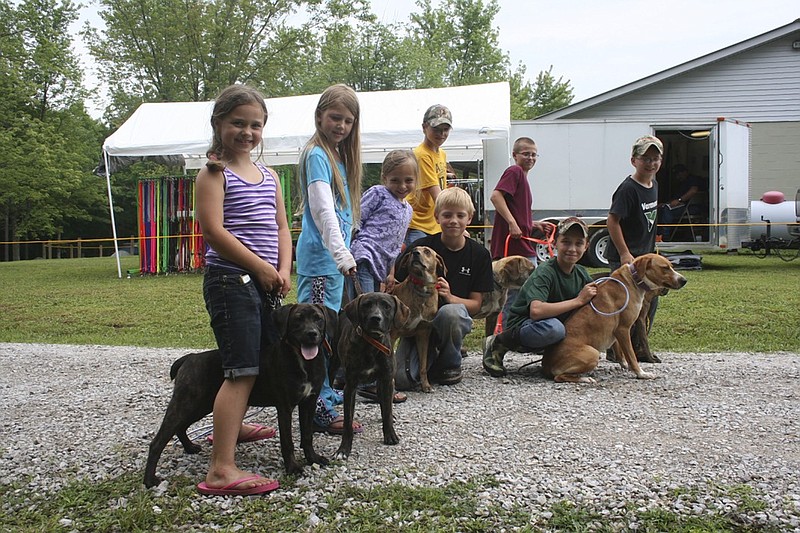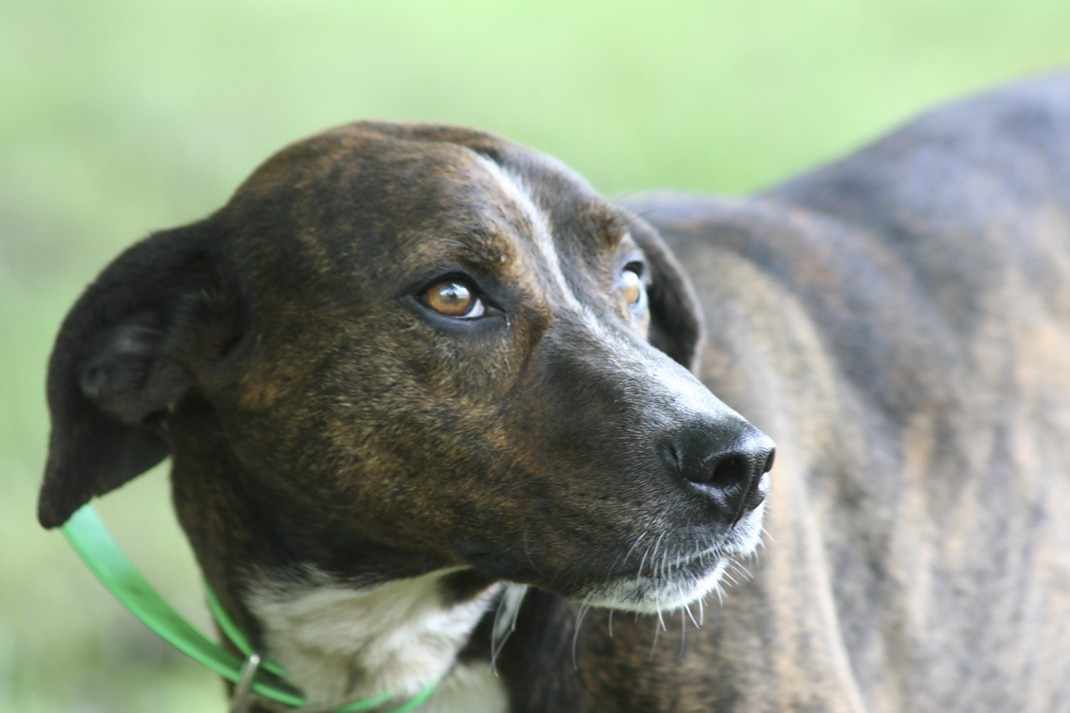Everything these days is so specialized. We require a particular gadget, gizmo or item for everything in life. Whether it's a special cellphone, pair of shoes, water bottle or toothbrush, everything has to be just so.
As we sportsmen are part of modern society (unfortunately), this spills over on us hunters and fishermen, too.
Take one look into outdoor-related catalogs and you will see what I mean. Do you really need that many choices of broadheads for arrows, lead head jigs and camo patterns? I don't know, maybe.
It could be that I think about a time when things were a lot simpler, but I would say all of this affects the hunting dog world as well.
There are specialized breeds for about everything these days, from pointing labs to English cocker spaniels and other types of retrievers. We are a long way from a time when a "brown dog," a jack-of-all-trades, hung around your house or barn and waited for you to whistle him up to go hunting.
Even so, that doesn't mean this type of dog is not available to us anymore.
Have you considered the cur or the feist? That's right, a cur dog.
Now before some of you turn your nose up, I am talking about a specific breed of dog, not just any old stray.
The mountain cur (like the feist) is a dog with origins in the southern Appalachian Mountains. Some say the first Spanish explorers to the new world brought "brindle-colored, bob-tailed" dogs with them to herd the cattle they traveled with. These dogs were supposedly crossed with those that Native American Indians had, and this dog was part of the source of today's mountain cur.
It's not exactly clear where this dog came from, but it is clear early settlers who crossed "over the mountains" highly prized this canine. There is more than one written account of pioneers in the southern Appalachians using cur-like dogs to hunt and guard the homestead.
The early cur was forged and tempered in the mountains, where he helped the settler family survive by treeing and baying game during the day and guarding against anything from raiding Indians to varmints in the henhouse at night.
Today's mountain curs, besides being great hunting dogs, are real "people dogs." If you ask anyone who keeps curs, they will tell you how these dogs bond to their owners. This seems to be an important part of their training - once the dog understands that you are his owner and master, he will do whatever he can to please you.
The feist has been mentioned in the writing of no less than George Washington, William Faulkner and Abraham Lincoln. The feist may be derived from some of the same stock as the cur, but most agree the early breeders of the feist went heavier to the terrier side. This accounts for the smaller body size of the feist and the sometimes scrappy attitude, hence the word feisty.
As hunting dogs, modern curs and feists are used mainly for squirrels and raccoons, although you may see the larger curs trailing anything from bears to mountain lions. As tree dogs, they track the game and bark on the tree until the hunter arrives. Truth be told, they will probably hunt whatever you want them to. They don't feel much need to specialize.
While many of these dogs excel as hunters, most people don't know they make great buddy dogs as well. If allowed to, a well-bred cur or feist will quickly become part of the family, guarding the homestead just as their ancestors did 200 years ago.
If you are considering a dog for your family, these are great with kids, and I can think of no better dog for a boy or girl to tramp the woods with than a loyal cur or feist.
I'm sure I have told you before that there is no better way to introduce a young person (or any person) to hunting than going after squirrels with a dog. The pace is relaxed, everyone enjoys watching the dogs work, there is no stress to be quiet, and the shooting can be done in a safe, controlled manner.
I can't emphasize enough that these dogs have a flair for becoming your buddy. You can put them in the bed of the truck in a dog box, but they would much rather ride with you in the cab. What they really want to do is drive the truck, and some become quite good at this.
I'll leave it up to you as to where you let them drive.
Getting pulled over is a little touchy sometimes.
"The Trail Less Traveled" is written by Larry Case, who lives in Fayette County, W.Va., has been a devoted outdoorsman all of his life and is a contributing columnist for The Times Free Press. You can write to him at larryocase3@gmail.com.

